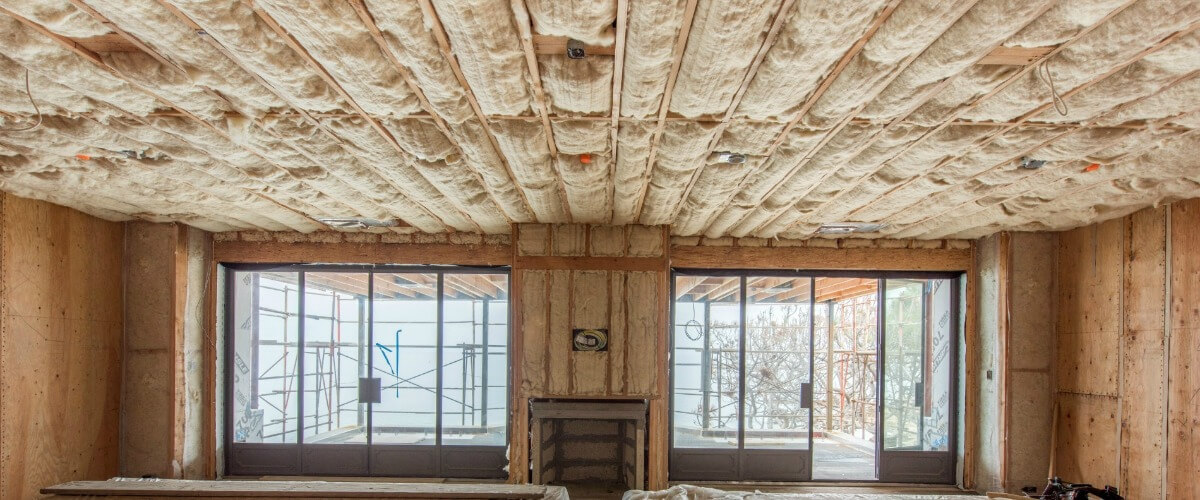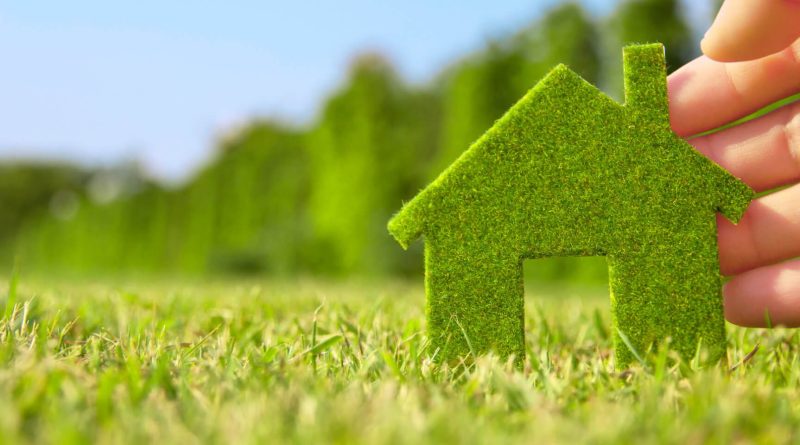The Most Common Green Building Practices In Europe
Green building practices are becoming increasingly popular in Europe. The European Commission has set up the European Green Building Programme that helps promote and facilitate green building design and construction across the continent. The program encourages using renewable energies, energy-efficient materials, water conservation strategies, and other sustainable features such as rainwater collection systems or solar panels.
What are the most common green building practices in Europe?

Green building practices in Europe are rooted in the idea of sustainability and a commitment to reducing energy and resource consumption. The most common green building practices include:
Maximizing Natural Light Usage
Natural light has many benefits, such as providing higher quality illumination, reducing the need for artificial lighting and electricity, and even promoting occupant health and well-being.
Incorporating natural light into a building through large windows, skylights, and other design features is one of the simplest ways to reduce energy consumption. Natural light also enhances the aesthetic of a space and can improve the quality of life for occupants.
Increasing Insulation Efficiency
Insulation is used in construction to reduce energy losses, regulate temperature, and increase comfort levels for occupants.
Increasing insulation efficiency is paramount for any structure that wishes to achieve the desired thermal performance. Properly insulating a building can increase its energy efficiency by up to 30%. It means using materials that reduce heat loss or gains, such as foam insulation, recycled cellulose, and reflective insulation.
Utilizing Renewable Energy Sources
Renewable energy sources not only do they reduce the environmental impact of construction, but they also provide significant financial benefits such as lowered operational costs and increased efficiency. In addition, using renewable energy sources in construction can help reduce emissions and curb air pollution. Renewable energy produces no carbon dioxide, meaning it does not contribute to global warming or smog buildup.

Besides, using renewable energy sources, such as solar and wind energy, can reduce the total energy consumption of a building. In addition to providing electricity, these alternative energy sources can heat water or cool air in certain climates.
Constructing with Eco-Friendly Materials
Choosing materials with low environmental impact is another way to reduce the harmful impact of construction on the environment. Eco-friendly materials are made from renewable sources such as bamboo, recycled plastic, or plant-based products. These materials help reduce the energy needed to produce them and emit fewer carbon emissions during production.
Water Conservation Practices
Water conservation practices are essential in construction due to the large amounts of water needed for life and building operations.
Green buildings in Europe are constructed with low-flow fixtures, rainwater catchment systems, and water reuse systems to conserve water. Additionally, these buildings often have sensors and timers to reduce water consumption when necessary. Besides, by conserving water during construction, contractors can reduce the costs associated with purchasing, transporting, and processing large quantities of water.
These are just a few of the green building practices that are commonly used in Europe. Other sustainable techniques include incorporating green roofs or living walls into design plans, selecting energy-efficient appliances, and using passive design strategies.
By following these green building practices, European countries can continue to make strides toward reducing their environmental impact and creating a more sustainable future.

